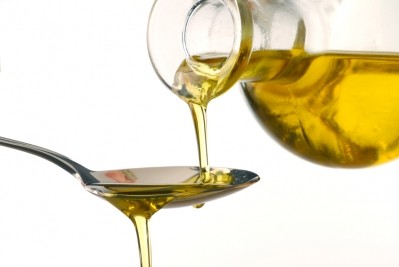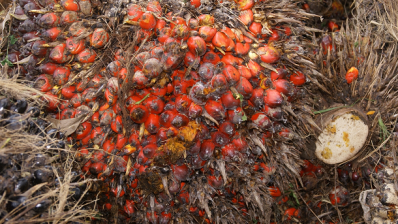How sustainable is Europe’s use of vegetable oils?

Palm and soybean oils in particular have felt the heat over their sustainability credentials, or lack thereof, because of widespread deforestation associated with plantations. Palm oil has been linked to deforestation in Southeast Asia, to the extent that the world’s largest private equity fund has banned investment in some palm oil companies because they were considered ‘unsustainable in the longer term’. Meanwhile, soy production has been blamed for the destruction of wide tracts of the Amazon rainforest.
The US Department of Agriculture lists palm oil as the most consumed vegetable oil in the world (41.31m tonnes in 2007-8), followed closely by soybean oil (41.28m tonnes). Rapeseed (canola) oil trails in third place at 18.24m tonnes, and is the number one oil produced in Europe, and global sunflower oil production follows, at 9.91m tonnes. Demand for all four oils is growing rapidly.
So how is ‘sustainability’ defined?
One factor is oil yield per hectare, in a world where land to produce food is at a premium, and demand is increasing.
According to oils analyst ISTA Mielke, palm significantly outperforms other oils in terms of average global yield. In 2010, palm produced 3.67 tonnes per hectare, compared to 0.78 tonnes for rapeseed, 0.56 tonnes for sunflower and 0.47 tonnes for soybean oil. But sustainability is about much more than land use alone.
“Sustainability is a complex issue,” says Nathalie Lecocq, director general of FEDIOL, the federation representing the European vegetable oil and proteinmeal industry. “There is an environmental, an economic and a social strand.”
The Round Table for Responsible Soy (RTRS) was set up in 2006 with the aim of becoming the global standard for responsibly cultivated soy, directly rewarding growers who respect the land rights of local communities and prevent the degradation of valuable nature areas – and market demand for certified soy has been strong. Last year, 91% of RTRS certified soy was taken up by the market.
For palm oil, the Roundtable on Sustainable Palm Oil (RSPO) was set up in 2004, and certified palm oil now represents 15% of the total palm oil market – but although uptake is growing, it has been slower than for soy, with 52% of sustainable oil taken up by the market.
“Round tables have tried to define what sustainability should be. We call them principles and criteria – the RSPO and the round table for soy have been working on this,” said Lecocq.
“In Europe, for example, you have an indication about respecting best practices and obeying certain laws. On an international level, voluntary platforms are trying to define points or criteria.”
While palm oil might be the most consumed oil on a global level, she says that’s not the case in Europe, but imported oils are still necessary to meet market requirements.
“Very clearly, most of the oil that we use is European grown, but those oils don’t necessarily provide the functional properties that the food manufacturers are seeking,” she said.
The sustainability issue exists only within the context of demand – and palm oil continues to attract food manufacturers looking for a cheap, shelf stable, heat stable oil, which is easy to incorporate into foods.
Until the past decade, food companies could consider hydrogenating other oils to achieve these properties, but increasing scientific understanding of the dire health impacts of the trans fatty acids that result from partial hydrogenation has led many to return to palm oil.
“Sometimes you may have not enough production or functionality properties,” Lecocq said. “…Soybeans, for example, produced in Europe are about 1m tonnes and we use about 13m tonnes.
“Even if agronomically we could produce more, it would be impossible to replace the imports. …Sometimes the oils that are produced do not meet the needs of the downstream industries.”

![Carcinogens in refined vegetable oil: 'It is surprising that the findings reported in the [EFSA] opinion have evaded scrutiny by the popular press,' says food safety specialist, Stefan Fabiansson. © iStock](/var/wrbm_gb_food_pharma/storage/images/_aliases/wrbm_medium/publications/food-beverage-nutrition/foodnavigator.com/article/2016/05/19/why-are-carcinogens-in-the-food-chain-evading-scrutiny/2829611-2-eng-GB/Why-are-carcinogens-in-the-food-chain-evading-scrutiny.jpg)



















